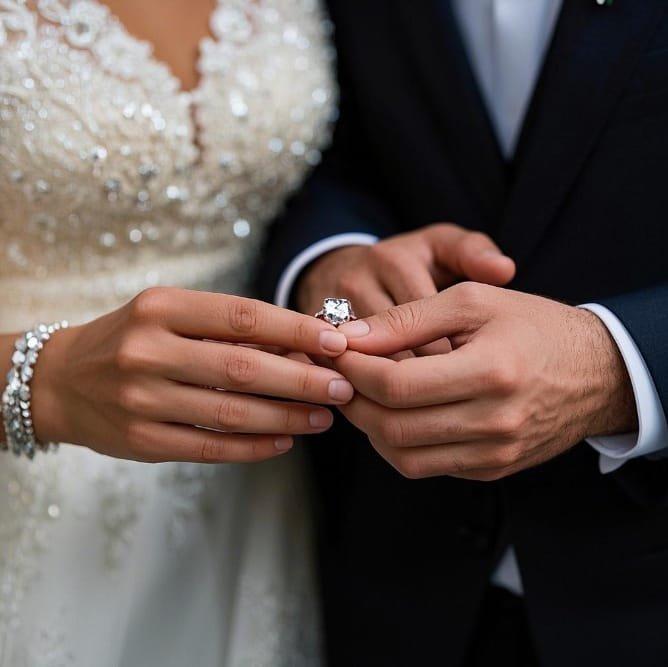blogs
Lab-Grown Diamonds: How to Save $8,000 on Your Engagement Ring (Without Looking Cheap)
In 2018, a 1-carat lab diamond cost 4,000..Today,that same diamond sells for 200. This price crash isn’t a gimmick—it’s a revolution in how we value luxury. Let’s break down why lab-grown gems are the smartest choice for budget-savvy romantics.
Timeline of Disruption:
- 2016: Lab diamonds cost 70% of natural ones.
- 2020: Dropped to 30% due to Chinese mass production.
- 2024: Now just 5-10% (Source: IDEX Diamond Index).
Why So Cheap?:
- Tech Efficiency:
- Growing a 1-carat diamond in lab now takes 10 days vs. 1 billion years for natural.
- Energy costs fell from 500/carat to 20/carat (Henan Lab Reports).
- No Middlemen:
- Natural diamonds pass through 12+ traders; labs sell direct-to-consumer.
Case Study:
Jake, a software engineer, proposed with a 2-carat lab diamond:
- Natural cost: $16,000
- Lab cost: $1,800
- Savings: $14,200 (which funded their Bali honeymoon).
Natural Diamond Resale Reality:
- Retail markup: 100-200% (De Beers’ “supply control” strategy).
- Resale value: Only 25-35% of original price (WP Diamonds).
- Example: A 10,000 ring resells for 3,000.
Lab Diamonds: Honest Pricing:
- Transparent pricing: Online calculators show exact growing costs.
- No resale pressure: Buy for love, not profit.
Data Insight:
- 78% of couples regret overspending on natural diamonds (The Knot Survey).
End of the “4Cs” Tyranny:
- Shape: Stars, hearts, even emojis—no “waste” penalty for non-traditional cuts.
- Color: Pink, blue, and black diamonds at no extra cost (vs. +300% for natural).
- Engraving: Laser-inscribe vows inside the stone.
“Your love story deserves a ring as unique as you are. Get one in bybling jewelry for your lover now with free shipping.”

